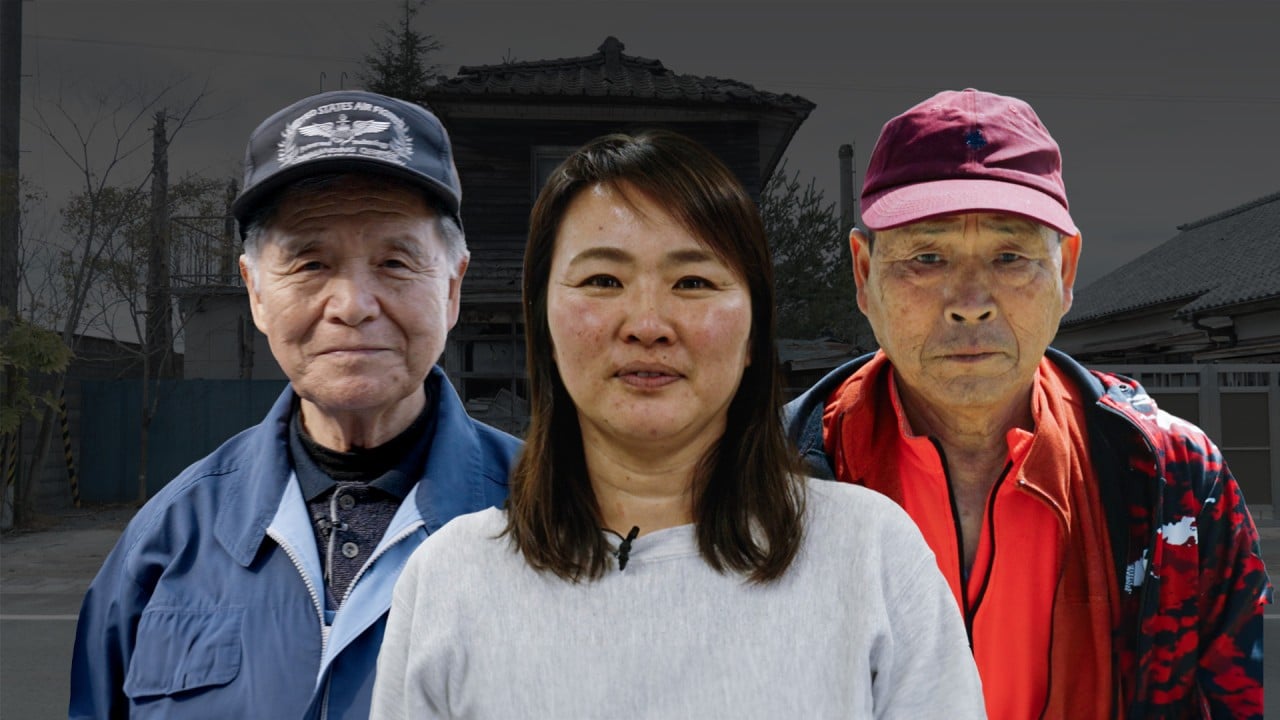Advertisement
Fukushima’s radioactive residue: nuclear waste fears cloud Japan coast’s slow rebirth
- The toxic legacy of 2011’s nuclear disaster threatens to derail the fragile recovery of coastal towns still reeling from the devastation
Reading Time:4 minutes
Why you can trust SCMP
5

22:18
Finding a future in Fukushima after Japan’s worst nuclear accident
Finding a future in Fukushima after Japan’s worst nuclear accident
It was a bit of old fisherman’s lore that saved Haruo Ono’s life.
Advertisement
“According to an old saying, when a tsunami hits, you should take your boat out to sea,” he said.
On the afternoon of March 11, 2011 after a massive magnitude 9.0 earthquake violently shook his seaside home in the town of Shinchi along Fukushima prefecture’s northern coast, Ono was quick to act. He piloted one of the first boats out of port, sailing several kilometres out to sea before the tsunami struck.
The ocean that far out was oddly peaceful, Ono said. Back on shore, a massive wall of water nearly 40 metres (131 feet) tall in some areas decimated hundreds of kilometres of Japan’s northern coast. When Ono returned, he found his town in ruins. The earthquake and tsunami had destroyed nearly half the homes in Shinchi and filled the nearby waters with a dangerous tangle of floating debris.

“I was born here, and I raised my children here,” Ono said. “The streets here used to have almost 200 buildings. It was a wonderful townscape that was gone in an instant because of the tsunami.”
Advertisement

Advertisement